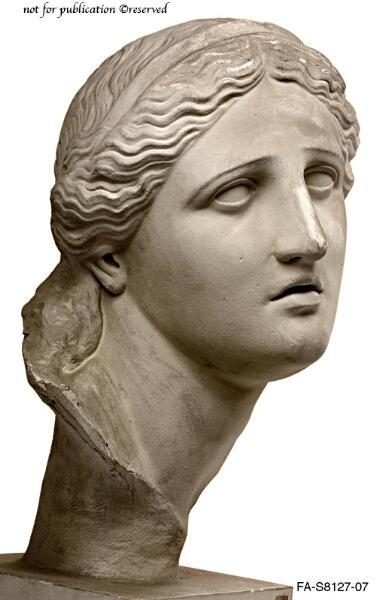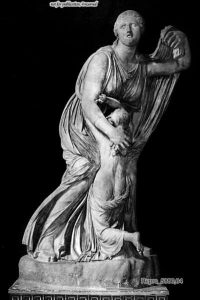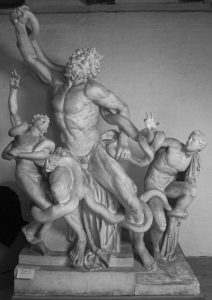Longing for what we have lost 2.2
Winckelmann’s rebirthing of antiquity
‘Father of art history’


In his History of the Art of Antiquity Winckelmann accomplished a lot. He gave a detailed analysis of the rise and decline of ancient art in Greece and Rome whilst also—for the first time—classifying it according to different styles. In concluding this treatise on the history of art, Winckelmann describes the feat he has attempted:
I have in this history of art already gone beyond its set bounds, and although contemplating the collapse of art has driven me nearly to despair, still, like someone who, in writing the history of his native land, must touch upon the destruction he himself has witnessed, I could not keep myself from gazing after the fates of work of art as far as my eye could see.[1]
Winckelmann identified four chronologically successive styles of ancient art, beginning with the most primitive, attributed to the Egyptians and Etruscans, and ending with the imitative style of the Roman Empire. It is to the second or ‘high’ style that he attributes the statue group of Niobe and her daughters, a work of art that Winckelmann found of the highest beauty.

The Laocoon, a statue Winckelmann revered for its masculine beauty and nobility, exemplified the third or ‘beautiful’ style.
[1] Winckelmann 1764, 144 (History of Art)
